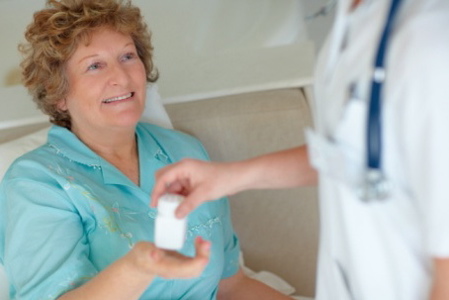Tips on Female Incontinence
0 Comments
Tips for Incontinence
While many women find it difficult to discuss pelvic floor issues, these disorders are quite common. In fact, they affect the majority of adult women. The good news is that they also are quite treatable, sometimes with exercise and behavior, sometimes with more medical intervention. Photo: Getty Images

Incontinence Affects More Women Than You Think
Forty percent of all women over 17 have some form and degree of incontinence, and 11% of all US women end up having surgery for a pelvic floor disorder. If you leak urine unexpectedly or “involuntarily,” you have incontinence, and there might be something we can do to help you!

Even a Small Amount of Leakage Should be Considered a Problem
Women often mistakenly think incontinence (either fecal or urinary) isn’t really a problem unless it’s severe. But a woman with a healthy pelvic floor should have no leakage. If you’re experiencing even small amounts of leakage, see your doctor. This is not just a “typical part of aging.” Unless severe dementia is involved, we should be able to make a difference.

Age is One of the Factors That Increases the Likelihood of Incontinence
The female pelvic floor grows weaker with age, and that weakness can lead to incontinence (leakage of urine or stool) as well as organ prolapse, in which pelvic organs sag into the vagina. Again, we do not expect complacency. Just because a woman’s pelvis is a “design flaw,” and weakness is common, we do not have to expect trouble, or accept trouble!

Pregnancy and Vaginal Delivery Increase Your Risk
Three or more vaginal deliveries, a delivery that involved forceps, or severe tearing while giving birth all magnify your risk. The bladder can “sink” into the over-stretched vagina, and urinary leakage can result. Add to these risks genetic factors, and many women will suffer from incontinence after childbirth.

If You Had a Hysterectomy or are Post-menopausal, You Could be at Risk
After menopause or a hysterectomy that includes ovary removal, levels of the female hormone estrogen drop significantly. In addition to its role in monthly periods and pregnancy, estrogen helps keep the vaginal tissue healthy, which also helps keep the bladder and the urethra healthy. A lack of estrogen may cause the pelvic muscles responsible for bladder control to weaken, resulting in urinary incontinence. It may also make the bladder more irritable, contributing to urgency and urge incontinence.

Waiting for Leakage to go Away Doesn't Help
Women often think their symptoms are “temporary” and if they just wait, incontinence will resolve itself. In almost all cases, that isn’t true. Incontinence tends to get worse with age and other factors. It’s time to take action; the good news is that you don’t have to live with this condition! There are exercises and behaviors that can improve the pelvic floor function, and surgical procedures and medication to help, too.

To Get Help With Female Incontinence, See a Specialist!
Not all doctors have significant experience with female urologic conditions, so look for one who does—preferably a board-certified urologist with special training or interest and experience, who can factor in every aspect of your condition and lifestyle to arrive at the treatment option that’s best for you. You don’t have to live with this debilitating and often embarrassing condition!
Add a CommentComments
There are no comments yet. Be the first one and get the conversation started!